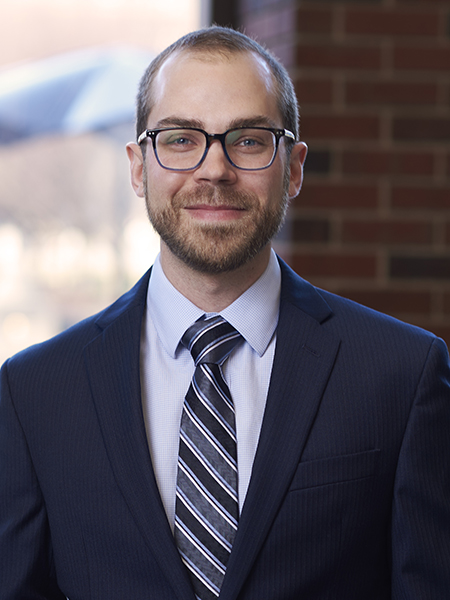Purdue University Prof. Thomas Roth wins prestigious IEEE Ulrich L. Rohde Award for Innovations in Computational Electromagnetics

Thomas Roth, assistant professor in Purdue University’s Elmore Family School of Electrical and Computer Engineering, recently won an IEEE Ulrich L. Rohde Innovative Conference Paper Award on Computational Techniques in Electromagnetics. This award recognized the two best innovative conference papers presented at the joint 2023 International Conference on Electromagnetics in Advanced Applications (ICEAA 2023), and the IEEE-APS Topical Conference on Antennas and Propagation in Wireless Communications (IEEE-APWC 2023). Roth received one of the awards for his paper titled "Maxwell-Schrodinger modeling of a fluxonium qubit coupled to a transmission line network."
“It’s a great honor to win this award recognizing my group’s efforts on expanding how computational electromagnetics methods can be used to help design emerging types of quantum computers,” said Roth. “I look forward to continuing to expand our capabilities in this area to deliver accurate and efficient design tools for these revolutionary systems.”
In this study, researchers developed a new method to describe the microwave pulses that control and measure the states of tiny quantum bits, called qubits. They combine classical electromagnetism (Maxwell's equations) with quantum mechanics (Schrödinger's equation) to better understand how qubits and microwaves interact. They specifically applied this method to a type of qubit called a fluxonium qubit that's connected to a complex network of microwave transmission lines.
By using this new, more efficient, method, researchers were able to simulate and study various control and measurement techniques for these qubits. The results showed situations where considering these interactions is crucial. This method would help in designing better superconducting quantum computers.
